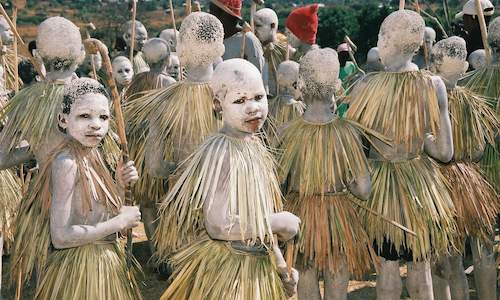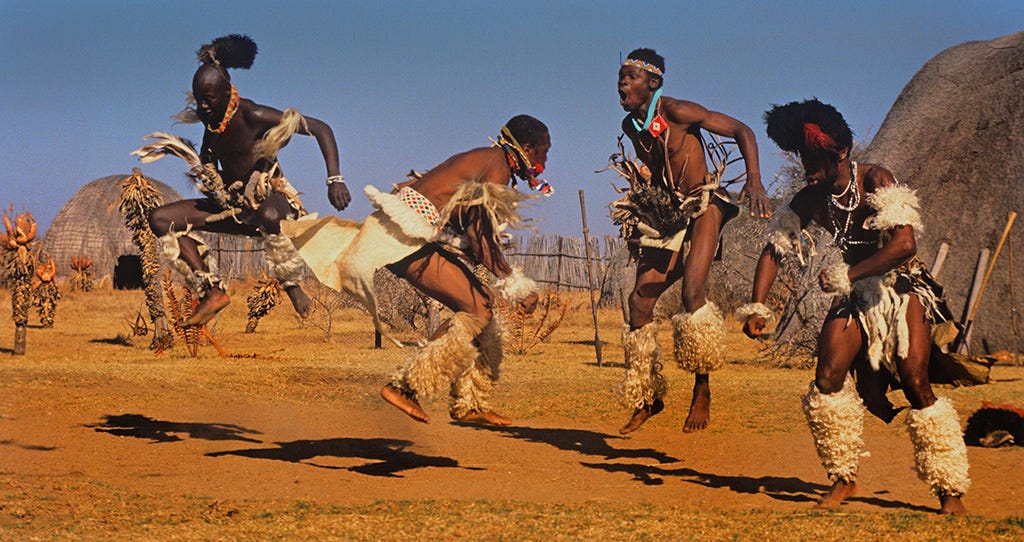The Ultimate Guide To South African Culture Today
The Ultimate Guide To South African Culture Today
Blog Article
Unknown Facts About South African Culture Today
Table of ContentsThe 15-Second Trick For South African Culture TodaySome Known Questions About South African Culture Today.Rumored Buzz on South African Culture TodayThe Greatest Guide To South African Culture TodayGetting My South African Culture Today To WorkSouth African Culture Today Things To Know Before You Get This
An issue of importance in Zambian villages is the passing away of loved ones. All members of the town put cash, time and initiative with each other for the burial of the deceased.Throughout the mourning duration; guys stay outside your home and the women remain inside your home of the deceased. After chatting about the deceased, the village strolls to the location of interment to claim their last farewells. Songs and dance is an extremely vital aspect of the Zambian culture. The numerous tribal systems have their own dance forms; however, makishi prevails among all tribes.
The Main Principles Of South African Culture Today
When it pertains to songs, drums are used the most, with a range of drumming events. In Zambia, bulk of the individuals are Christian; Protestant and Roman Catholic. There are tiny groups of Muslims and Hindus, with the rest adhering to local native tribal ideas.

South African heritage and society is exceptionally varied, and includes various groups of people that each have their very own practices and ideas. Having such a variety of individuals and cultures is what makes South Africa so distinct. In the true sense of the expression, we are a rainbow country.
South Africa has around 3 hundred thousand Portuguese individuals residing in it. Making it the 7th on the checklist of countries with one of the most Portuguese individuals in it beyond Portugal. Portuguese is not only a society, however it is additionally a language and a race. Portuguese individuals stem from the nation of Portugal in Europe, however, due to Portugal (like lots of other countries in Europe) discovering the world and overcoming other countries during the 15th 20th centuries, South Africa has what we call Portuguese South African's living in it.
The Best Guide To South African Culture Today
Amongst the popular features of the topography is a plateau that covers nearly 2 thirds of the facility of the nation. The plateau complex rises toward the southeast, where it culminates in the Drakensberg range, part of a cliff that separates the plateau from the seaside locations. The Drakensburg consists of Champagne Castle, the highest top in the country.
The region north of the Witwatersrand, called the bushveld, slopes downward from eastern to west towards the Limpopo River, which creates the international border. The western area of the plateau, the middleveld, likewise comes down towards the west and differs in elevation in between the highveld and bushveld. Between the Drakensburg and the eastern and southern coastline, the land comes down to the sea.
Nearer the coast there is a low-lying plain called the eastern lowveld. Southwest of the plateau the nation ends up being gradually extra arid, providing means to the stony desert of the Great Karroo, bordered on the eastern by the lower, better sprinkled plateau of the Little Karroo. Separating the completely dry southern inside from the sandy littoral of the southerly shore and West Cape is an additional range, the Langeberg.
The Definitive Guide for South African Culture Today
The nation's racially, ethnically, and politically divided history has created nationwide and subnational symbols that still work as signs of the nation, and others symbols that are accepted only by specific groups. The monuments to white settler occupation and political supremacy, such as the Afrikaner Voortrekker ("pioneer") Monolith in Pretoria and the Rhodes Monolith honoring the British colonial realm builder and Cape head of state Cecil Rhodes, remain sectarian signs.
The first contemporary inhabitants were the San ("bushman") hunter-gatherers and the Khoi ("Hottentot") peoples, that rounded up livestock (South African culture today). The San may have been existing for thousands of years and left evidence of their existence in hundreds of go to my site old cave paints ("rock art"). Bantu-speaking clans that were the ancestors of the Nguni (today's amaZulu, amaXhosa, amaSwazi, and vaTsonga peoples) and Tswana-Sotho language teams (today's Batswana and Southern and Northern Basotho) migrated down from east Africa as early as the fifteenth century

The two former republics of the Orange Free State and Transvaal (South African Republic) were developed by Afrikaner settlers who defeated and dispossessed the Basotho and Batswana. Lesotho would certainly have been forcibly included into the Orange Free State without the expansion of British defense in 1869. The best unification of the nation arised from the South African Battle (18991902) between the British and both Afrikaner republics, which lowered the country to wreck at the beginning of the twentieth century.
Afrikaners historically considered themselves the just real South Africans and, while granting full citizenship to all homeowners of European descent, refuted that condition to individuals of color up until the autonomous transition of 1994. British South Africans maintain a sense of social and social link to Great Britain without deteriorating their identity as South Africans.
Not known Details About South African Culture Today
The diversity and fragmentation within ethnic groupings and the equilibrium of tensions between those groups throughout the twentieth century stopped interethnic civil conflict. While intergroup tensions over sources, entitlements, and political prominence stay, those problems are as most likely to match Zulu against Zulu as Zulu against Xhosa or African versus Afrikaner.
From colonial India, British sellers and administrators brought the bent metal decorative roofings and slim lace work columns that still typify the verandas of cottages in communities and cities throughout the country. Holy places contribute an important architectural aspect even in the tiniest towns. In addition to the skyrocketing steeples and classic stonework of Afrikaans Dutch Reformed churches, Anglican churches, synagogues, mosques, and Hindu temples offer range to the spiritual architectural scene.

Slaughtering and the brewing of typical cereal beer are crucial in protecting the involvement and a good reputation of the forefathers who are thought about the guardians of good luck, success, and wellness. Indian areas preserve their indigenous culinary customs and apply them on Islamic and Hindu ritual and ceremonial occasions. Afrikaners and Coloured people gather at weekends and unique celebrations at multifamily barbecues called braais, where community bonds are strengthened.
Because this was the key financial business of both black Africans and white homesteaders, problem between those groups focused on the possession of grazing land and livestock. In 1867, the largest ruby deposits on the planet were discovered at Kimberley in the west main location. The wealth from those fields aided finance the exploitation of the best gold reef on the planet, which was discovered on the Witwatersrand in 1886.
South African Culture Today Can Be Fun For Everyone
This brought about misconceptions more tips here and purposeful misrepresentation in the ventures of white inhabitants and government officials with African chiefs throughout the colonial period (South African culture today). In the facility of African books, some facets of communal and mainly "tribal trust fund" land tenure were protected, and even in redirected here white rural areas, types of communal tenure were still practiced in areas with African areas
After the democratic change of 1994, programs for land restitution, redistribution, and reform were instituted, yet progress has been sluggish. The white minority still regulates eighty percent of the land. Following farming land intrusions in Zimbabwe, the Department of Land Affairs has actually pledged to speed land redistribution.
Report this page